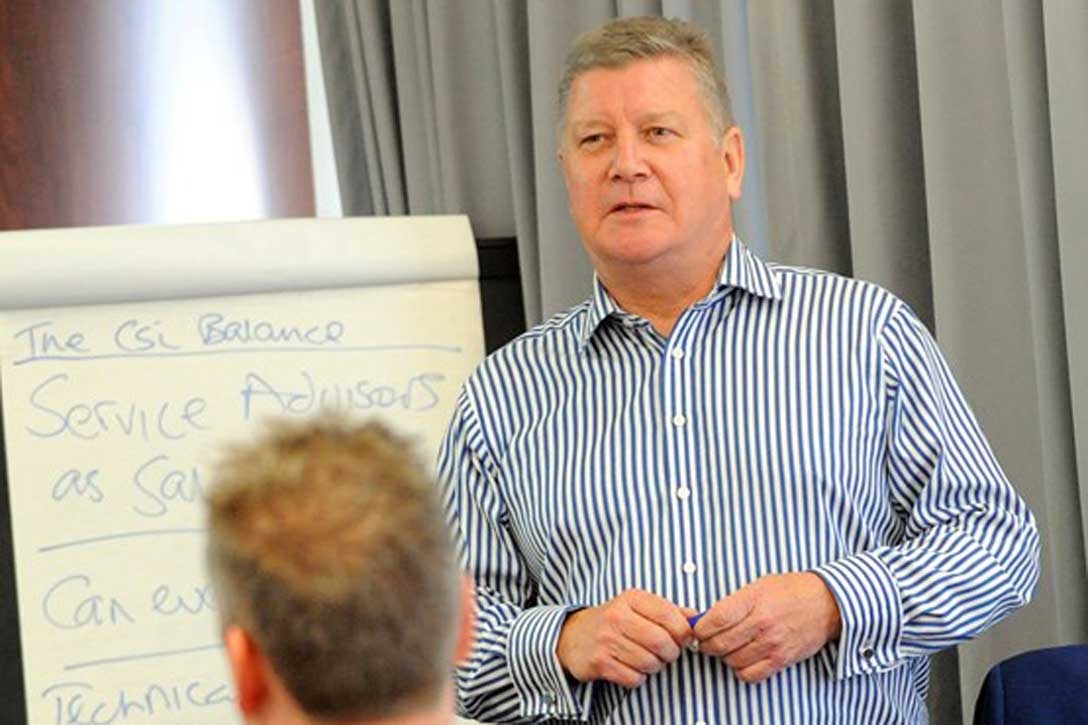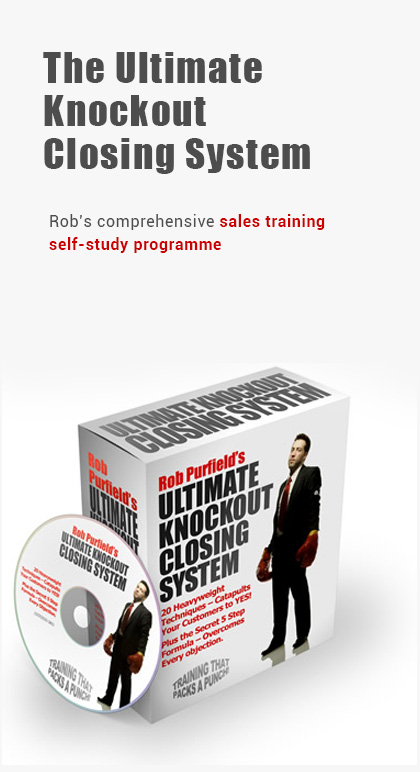When people arrive in your showroom, they have a limited agenda and it is generally accepted that they are now further down the 'buying journey' than in pre-internet days. However, we should focus more on what prospects want, than where we think thery are in process.
Typically, when buying a car, they are looking for the right vehicle and/or deal, the right dealership to buy from and the right salesperson to sell it to them.
Points of influence
Selling cars, like selling anything else, comes down to points of influence. In other words, where can you have the most influence on the buying decision? What factors actually determine whether or not your prospect will decide to purchase from you?
To identify them, we need to consider what their agenda is.
Research suggests the prospective customer would like to achieve three things:
- They would like the opportunity to look at the product options available and maybe try them
- They want to know what their car is worth
- Ultimately, how much will it cost to change? This may be the price to change; monthly payments; or a cash figure – in essence, “What’s the deal?”
There is also an acceptance that they will need to meet someone from the dealership at some point.
The only part of the process the salesperson owns is explaining why they should buy from them. Therefore, they should focus on five key presentations:
- Your receive and welcome
- Presenting the company USP
- The part exchange process
- Products and services
- The negotiation process
No.1 should separate you from your competitors and should be consistent every time, not just a “Hey, how are you, how can I help?” but a real welcome to the showroom, or pitch which must include the words “Welcome to.…” and moves the conversation beyond “I’m just looking thanks.”
No.2 may need some thought but should be an upfront presentation of what you can offer as a business to separate you from the competition. What is your competitive advantage (not price)? It may be your aftersales service; it may be your used car valuation process; it could be your customer loyalty scheme; perhaps you have a delivery service that is different – anything to differentiate you from the competition.
No.3 should be transparency, which will help build trust in your process. Remember, psychologically this is the start of your negotiation even though you shouldn’t talk numbers here.
No.4 is your sales pitch and this has to build as much desire as possible and culminate in the close – “So, subject to the numbers is this the right car for you?”, or something very similar.
No.5 is where it often goes pear-shaped. Usually because you get there too quickly or because it is too complicated. Keep your negotiation simple: Close the new / used car first, then the part exchange (incidentally, I don’t know anyone who says they bought a ‘used house’). Remember that until you have a commitment to buy, you have nothing worth negotiating on.
I recommend that you define and script each of these five crucial elements, to ensure they are consistently delivered to every prospect.
Conclusion
Focus on delivering what your prospects want and earn the right to ask for their business.
Over the next few weeks I will expand on each of the above points of influence with hints and tips on how to implement them in your sales process.
Until then, good luck and good selling!
And remember, if I can help in any way please do get in touch at contacts.







Leave a Reply